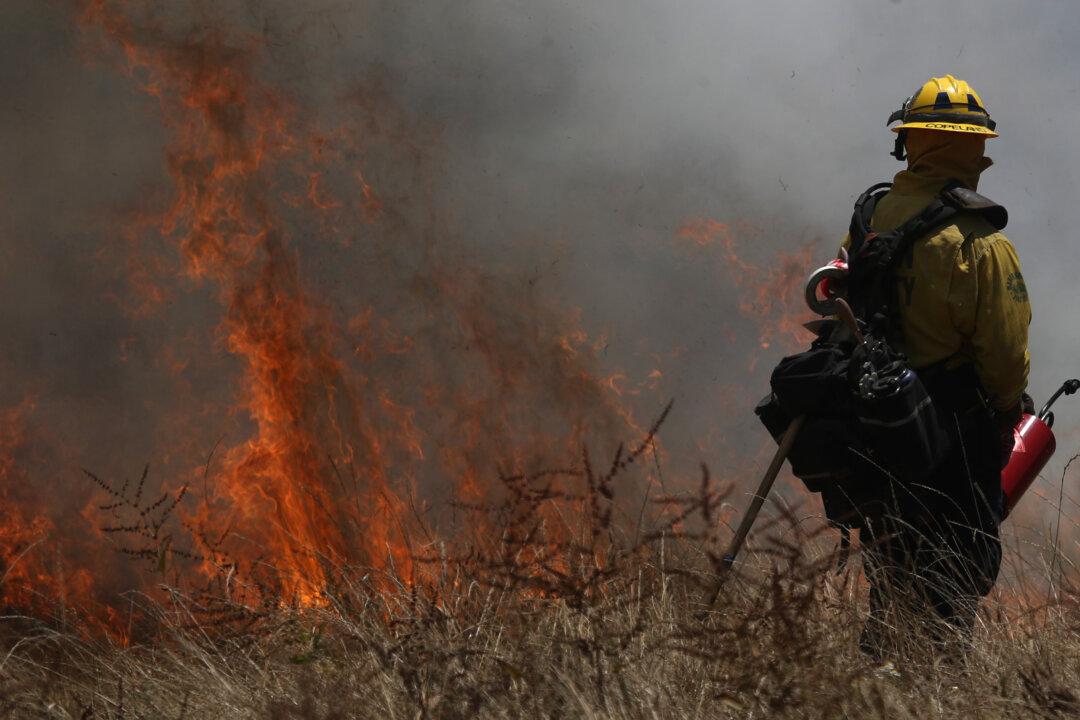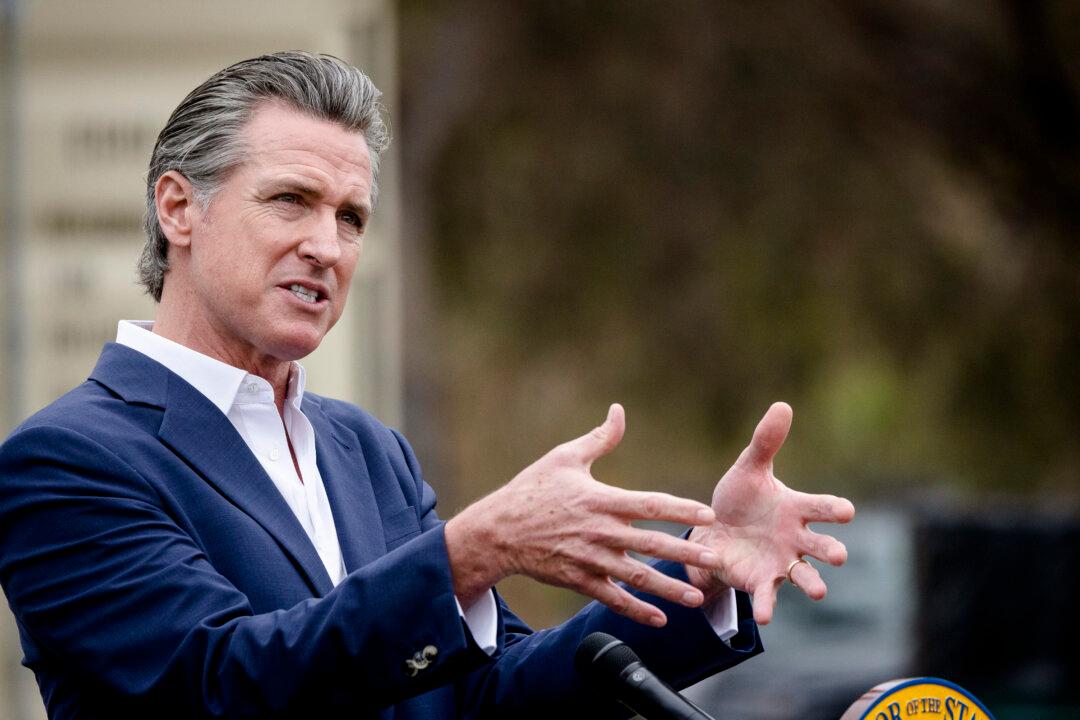As political rhetoric flies between politicians about California’s wildfires and whether climate or forest management is to blame, the smoke just keeps getting thicker.
In a recent Twitter firestorm, President Donald Trump said, “The Governor of California, @GavinNewsom, has done a terrible job of forest management. I told him from the first day we met that he must ‘clean’ his forest floors regardless of what his bosses, the environmentalists, DEMAND of him. Must also do burns and cut fire stoppers.”





